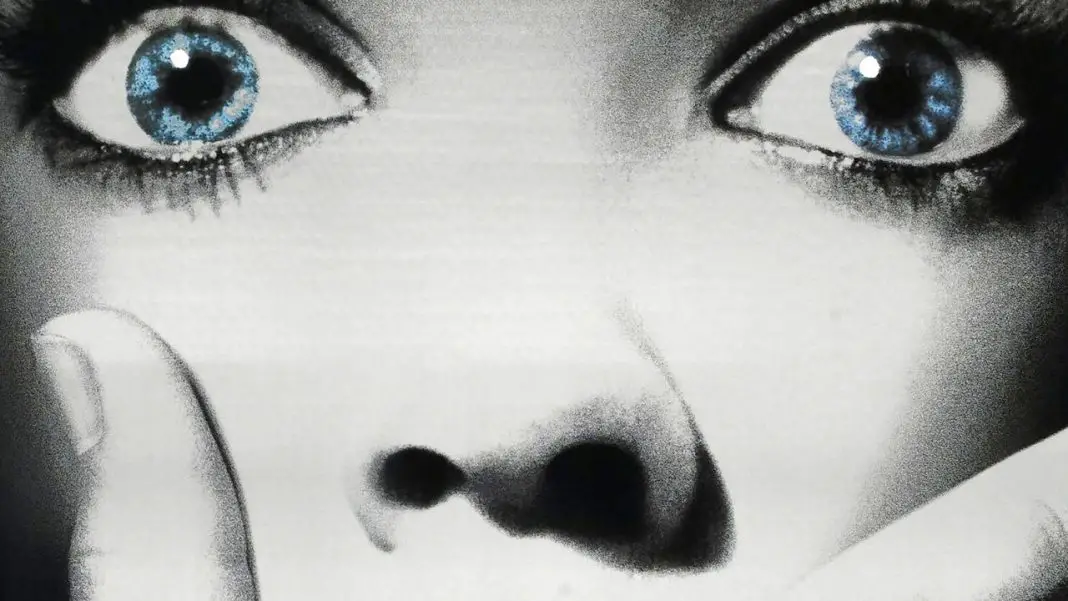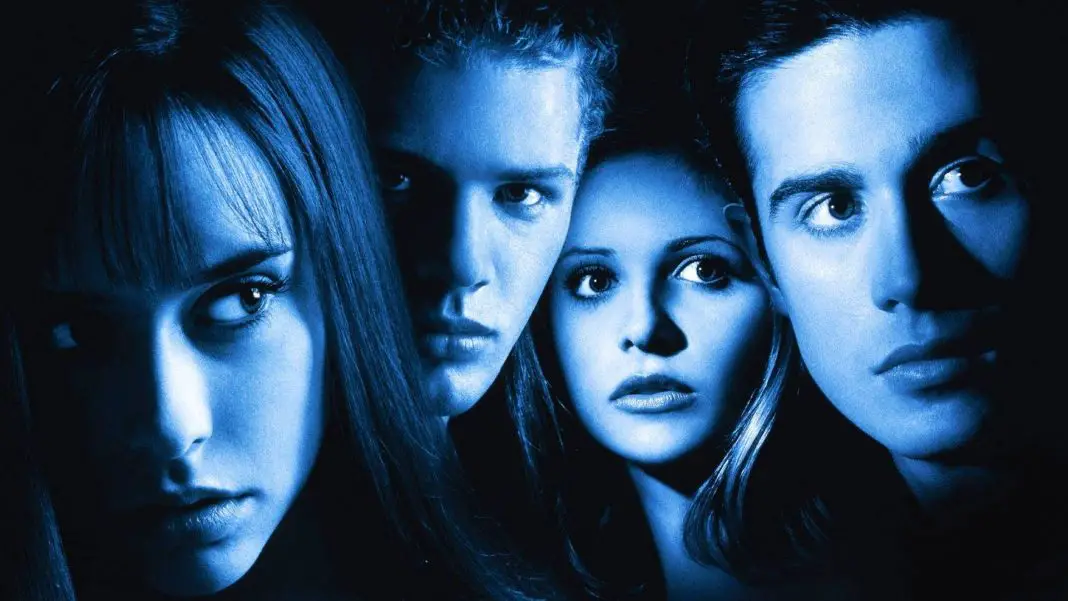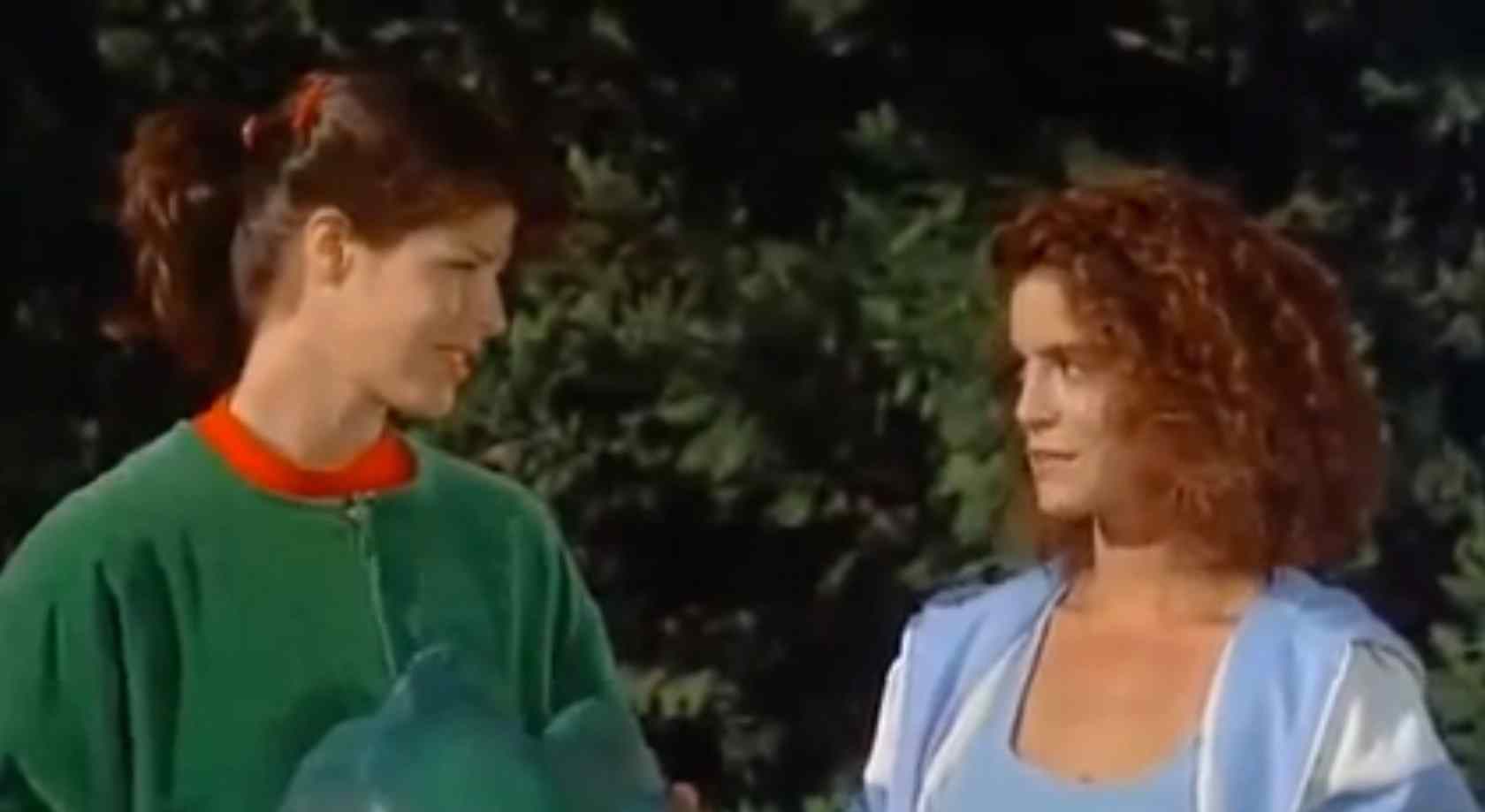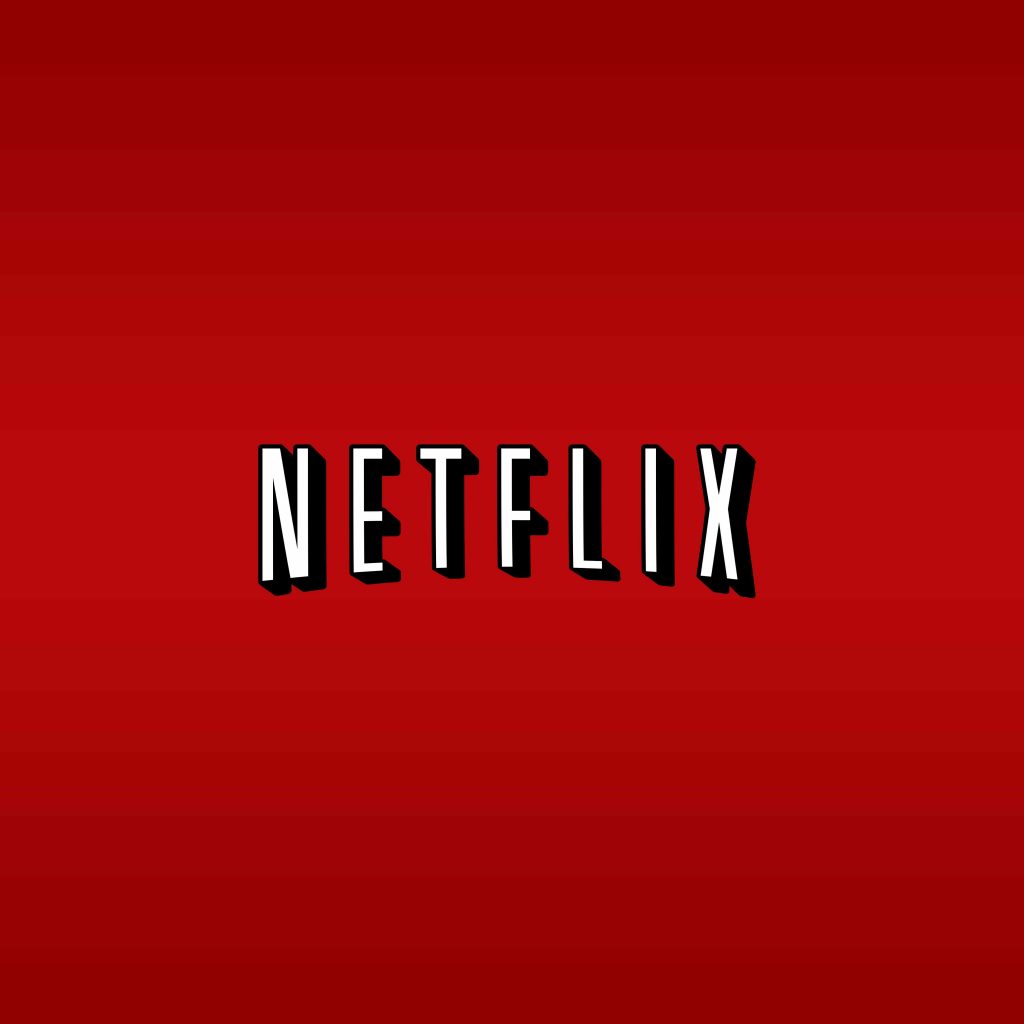To mark the twentieth anniversary of Wes Craven’s game-changing slasher, Scream, Wicked Horror presents a week of specially-themed content celebrating the movie’s enduring appeal. In this installment, Justin Steele takes a look back at how the movie changed horror forever.
It’s hard to believe it’s been twenty years since Scream slashed its way into theaters. I was in my freshman year of high school when it came out and vividly recall classmates buzzing excitedly about this new movie, for which I had seen several trailers. I was in the angst of my own Dawson’s Creek dramas, so alas I missed the film in its original theatrical run. Also, that Christmas I received a Nintendo 64 so any extra time to go catch a flick was overruled by the need to excel at my considerably lacking gamer skills. Whatever the reason, I believe it was fate that I missed Scream. Especially considering the influence 1978’s Halloween had on screenwriter Kevin Williamson.
Let me explain. Having two older brothers, I was exposed to the horror genre at a young age. Their preferred brands were A Nightmare on Elm Street and Friday the 13th. For whatever reason, Halloween was left out of the mix and it was the year that Scream appeared that I also happened to first come across John Carpenter’s seminal masterpiece. The feature had a profound effect on me, and I found every opportunity to watch Michael Myers chase one relative after another. All while that instantly recognizable theme music played in the background. The internet suddenly became relevant to me because it was a way to connect with fellow fans.
I began to seek out other slasher movies from the 1980s. By the end of my freshman year, I had exhausted my video store’s collection. I had no idea that this had all been a subconscious preparation for understanding the lexicon of Scream. By summer, I realized there was a slim selection of any decent horror movies from the nineties. I was still able to get my fix from the Halloween franchise but I ached for something I could relate to, from a contemporary stance. The teenagers from all these films were now long grown up and there was not much delivered to horror audiences from Generation X. Luckily, this was right as Scream received its VHS rental release.

From the second Drew Barrymore answered the phone, I was completely enthralled. I have no doubt that I would have enjoyed the film on its own. Nevertheless, all my Halloween binge watches and forays to the video store only enhanced the experience. I could understand all the popular culture and horror movie references. These nods play a significant role in determining the success of Scream. By being self-referential, Wes Craven’s film takes postmodern theory and applies it to the horror genre.
Other horror movies had previously been self-referential, of course (Friday the 13th Part VI comes to mind), but never in the same manner as Scream. These were teenagers and adults that had watched all the horror movies before them and knew the rules. And then broke them just as quick as they’d confidently spit them out. Sidney would express disdain at a girl in a horror film running up the stairs to escape, for example, but then is herself forced moments later to do exactly the same thing. As a result, Scream changed the way horror was looked at by the mainstream.
As with most successful movies from the horror genre, this feature spoke with intelligence to its audience. To do so, Scream had to be smart. The filmmakers were familiar with what appealed to the teenage demographic. They first took inspiration from those most successful within the horror genre. Williamson, in his screenwriting, referenced the work of both Wes Craven and John Carpenter. Also thrown into the mix were allusions to Jamie Lee Curtis and other strong Final Girls. In appealing to the teenage demographic was the crucial element of setting the film up like a John Hughes teen movie. The characters became relateable and well-rounded. All of this therefore allowed the audience to be in on the joke.
Scream changed the way people became involved in horror, too. Utilizing television stars such as Neve Campbell and Courtney Cox became the norm in horror movies to follow. Before this flick, the genre seemed to be a place for actors and actresses to get their start. Once they had it, they soon ditched all reminders of their bloody beginnings. Suddenly after Scream, television stars and A-listers from every spectrum of the industry wanted inclusion in horror. Jennifer Love Hewitt and Sarah Michelle Gellar featured in I Know What You Did Last Summer. Katie Holmes starred in Disturbing Behavior. Even socialite and reality TV star Paris Hilton later appeared in the House of Wax remake.

Horror was no longer a skeleton in the closet. It now cemented a young career or helped find resurgence for one already established, such as when Jamie Lee Curtis returned in Halloween H20. The popularity of Scream led to the resurrection of the horror genre, as it were. Like the success of the slashers from the late 1970s and early 1980s, a series of films followed utilising a similar style, including; Urban Legend, The Faculty, Disturbing Behavior, and I Know What You Did Last Summer to name just a few. Each one featured relatively smart and self-aware teens. Usually there was an adult to provide exposition or guidance. If nothing else the adult was there to be shot or stabbed, allowing the main character to escape. Scream itself was followed up with three successful sequels.
In the mix of this revival of horror films, Scream influenced two other important aspects of contemporary entertainment. After its success, Kevin Williamson went on to create Dawson’s Creek. Again using his trademark dialogue, with characters from a John Hughes-style universe, the success of Dawson’s Creek started a new line of television shows aimed at the teenage demographic. Like Scream, the popularity of this show also gave birth to a series of imitations, some of which are still around today. The Scream franchise itself continues to appeal to a whole new demographic, with a popular television series on MTV.
Scream also defined the post-modern universe in the horror genre. After all the references there was nowhere else to go but into parody and imitation. This movie analyzed itself and the films that came before it. One clear message from the feature is “it’s all been done before.” Then, fittingly, after Scream came a series of copycat films, quickly followed up by the age of the horror remake. One can argue that this franchise lit the match. Scream stoked interest in the slasher films of the 1980s and audiences were then provided with new takes on old films. Since then there have been countless remakes or reboots. This was also a theme in Scream 4.
Despite the high death count, there was an optimistic feel to the franchise. For every moment of terror, there was something to make the audience laugh. Whether it be Stu’s charisma, Randy’s passion, or Gale’s one liners, there was nearly always a joke being told. Scream was funny. It wasn’t being laughed at and it was more than just in on the joke. It was telling the joke. And there was always a scary punch line. Despite everything that came after it, at the heart of Scream was a compelling story. We wanted to know why every incarnation of Ghostface was trying to kill Sidney Prescott.
The analysis, references, and scares would be incomplete without the audience’s attachment to the characters. The film did not set up a string of nonsensical kills for the sake of gore. Instead, by the end, the audience learns there is depth and genuine motivation. Scream was an undeniable turning point in the horror genre. It needed the films before it, and utilised their influence, leading to the creation of so many movies and shows after it. It changed the horror game and became a moment in the zeitgeist that had a ripple effect elsewhere. In every conceivable way, Scream was a game-changer.







